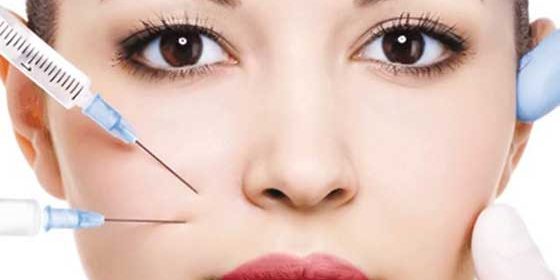A toxin from the bacteria that causes botulism is used to make Botox or botulinum toxin type A. Botox is well known as being used by celebrities and others to reduce or prevent wrinkles. It does this by paralysing the muscle into which it is injected. The effects are not permanent as the body works to remove this toxin, even though it is in a very weakened form. The amounts used are very small and in a diluted state, which is why Botox work is very safe to do, even though it springs from the toxin of a bacteria that causes food poisoning.
The many uses of Botox
Botox is not only used in the pursuit of smooth skin. It can be used to alleviate the symptoms of many nasty diseases and conditions, including migraine, upper motor neuron syndrome, blepharospasm, (uncontrollable twitching of the eyelid) and bruxism (teeth grinding), underarm sweating and overactive bladder, to mention just a few.
Generally speaking, it works to paralyse or weaken a muscle that is working more than it should, or to relax a muscle that is too tight. Or it can work by blocking a nerve that is causing some kind of problem, making sufferers’ lives that little bit easier to bear.
Two different types
There are two types of Botox, Type A and Type B. Type A is the one used for treating wrinkles and many other conditions. It has been found to last longer than the B types so it is in general use now. In fact, there are several B types that come under the marketing name of Myobloc. It is not FDA approved for cosmetic use for the above reason and because injections were found to cause a great deal more pain for patients than the A type injections.
Botox – FDA approved – is also marketed under the names Dysport and Xeomin, all of which are registered trademarks of type A and made by two different companies. They are essentially the same product. Even though Botox is injectable, in its original form it is a powder. This is mixed up into a liquid in the doctor’s office before being refrigerated prior to use.
How long has Botox been in use?
While the bacteria it stems from was discovered in the 1800s, it was not discovered to have beneficial effects until the late 1980s/early 1990s. Once this was realised, its use was carefully monitored to ensure the dosage given was tiny so that it had no ill-effects. Even though in the early days there were some fatalities, the dose was quickly monitored to prevent any more problems. Its use is now widely accepted not only as a cosmetic aid, but to mitigate the symptoms of many diseases, as already mentioned.





